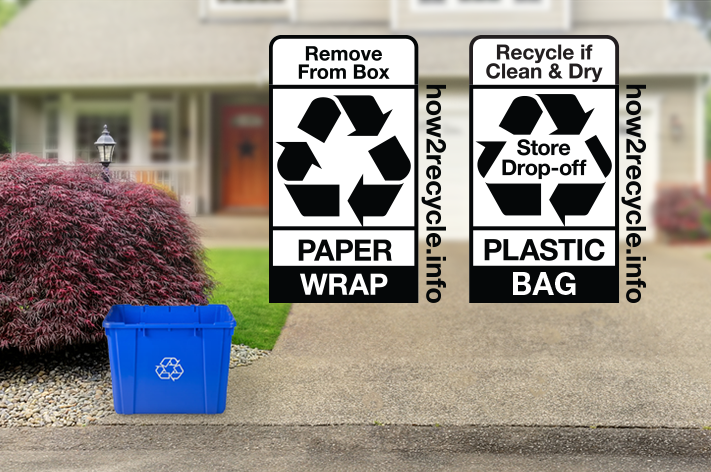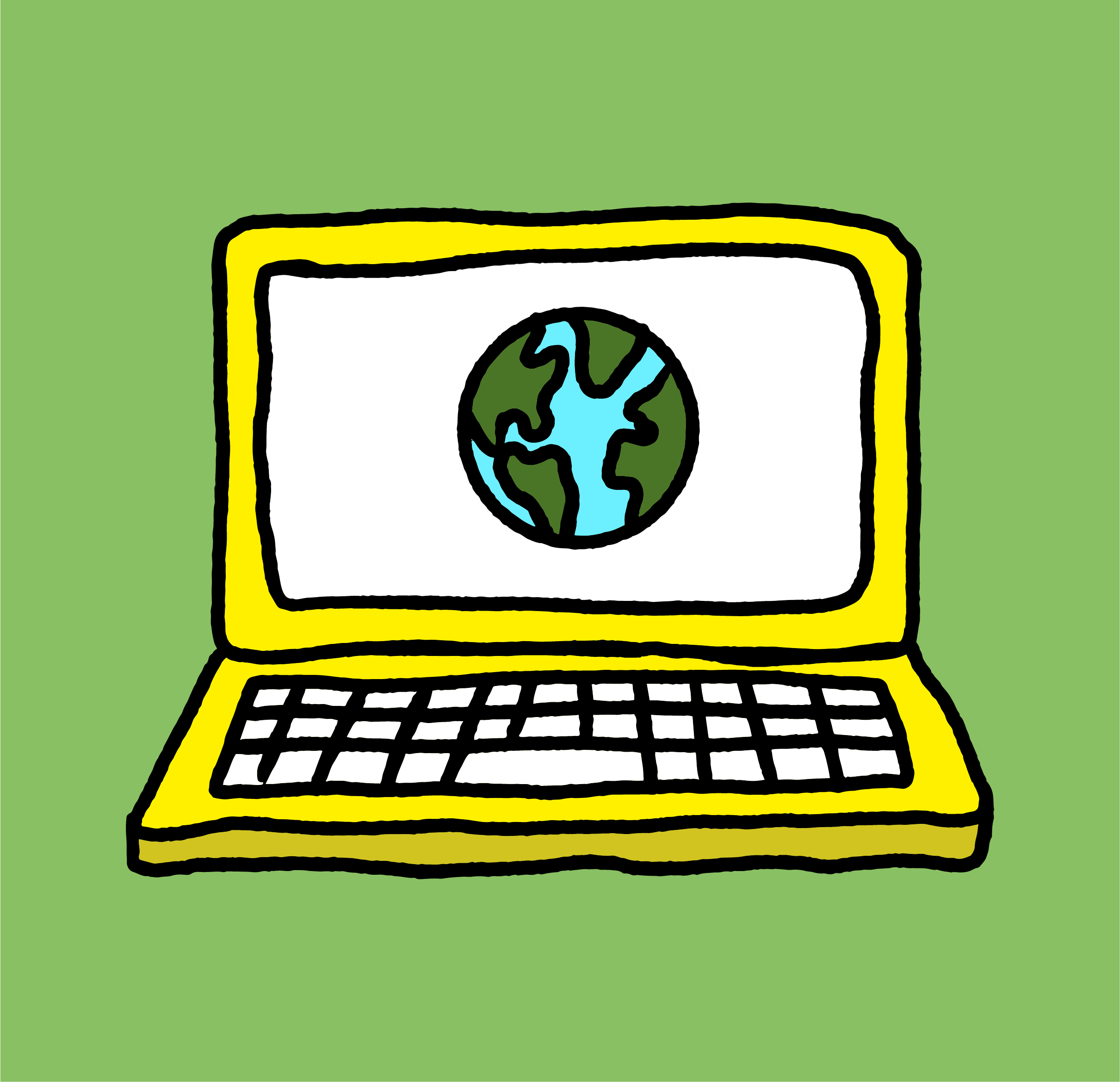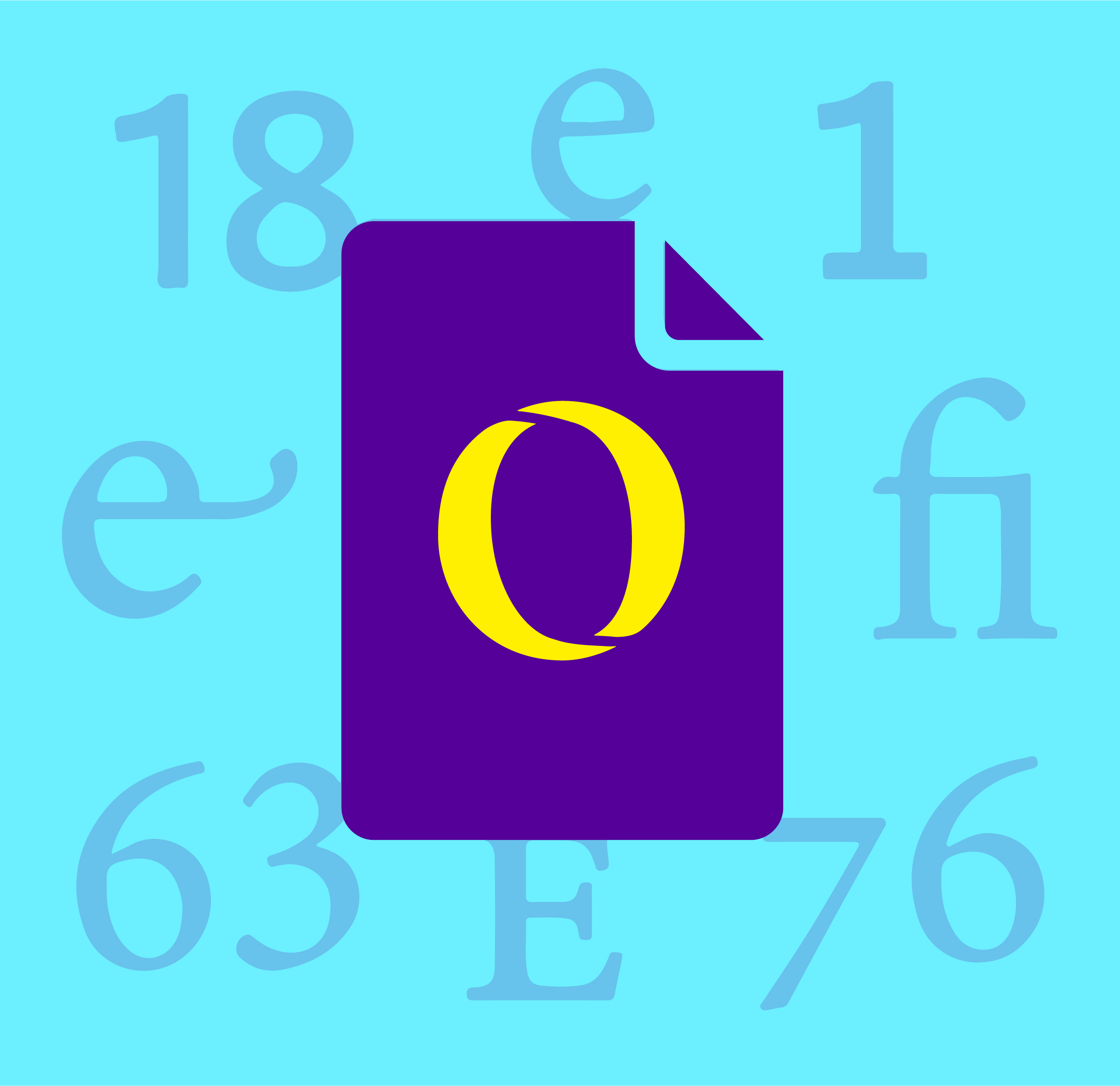As graphic designers, we have the power to make a tremendous impact on how new and existing products are impacting the environment.
One of the ways that we can make an impactful difference for the better is through environmentally conscious packaging design.
While it is important to consider functionality, usability, and aesthetics when working on a packaging design project, it is equally as important to consider how this product will impact the planet. A great place to begin is by thinking about the packaging’s “End of Life”.
End of Life
What is the end of life? When all is said and done, when the item has been purchased and presumably used up, what will happen to the packaging that it came in? Will it end up in a landfill? Can it be recycled, and if so, how difficult would it be for the consumer to recycle it? Could it be upcycled, repurposed into something new?
These are all important questions to ponder when deciding on the materials and functionality of the product’s packaging. The ideal choice would be to try to keep things out of the landfill. But to do so, it is important to make sure not only that the item can be recycled, but that the consumer knows or can easily figure out how to recycle the product. Unfortunately, we see many products on the market, particularly in plastic bags/wrappers or wax-coated containers that misinform the consumers by claiming to be recyclable, but under closer examination, in tiny fine print, state that they must be sent away or dropped off to a very specific facility to be recycled. But why make it harder and more confusing for the consumer to make a decision that impacts our planet? By clearly communicating somewhere on the packaging what to do at the end of its life, we can make the experience so much easier.

Choosing Materials
Another way that we can impact the environment as designers, is by choosing sustainable materials or materials that are easier to recycle. Unfortunately, it is very difficult to commercially recycle mixed materials. By choosing packaging that only uses one type of material or multiple types that can be separated (glass, aluminum, paper, etc.), and by choosing post-consumer recycled materials when possible, recycling the packaging at the end of its life becomes that much easier. It also increases the chances that it will be recycled properly.
By choosing sturdier materials, it increases the chances that the packaging may be upcycled. For example, by packaging something in a glass jar or metal tin as opposed to a plastic jar, not only are you using more eco-friendly materials, but now the consumer has an object that can be repurposed, giving it a new life.
A Final Note…
If this is all new to you, don’t be overwhelmed. It’s something worth thinking about, and as you consider and implement these practices over time they will become like second nature in your design process.
Check out our other post on how to be more a more environmentally conscious web designer.



